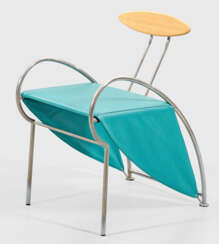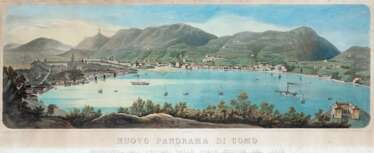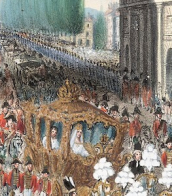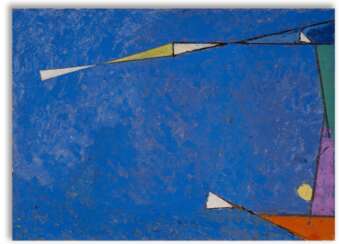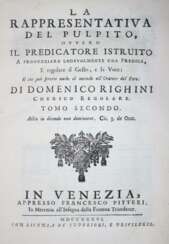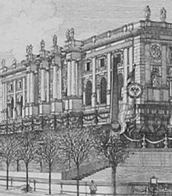ghini



Carlo Pietro Sigismund Righini was a Swiss painter and art association executive.
Free from pressing financial obligations, he devoted himself entirely to his work. In 1898, he moved into a new studio, built by his father, where he produced still-lifes, portraits and nudes. He also worked in plein aire for a time, when he was flirting with impressionism. Later, he travelled extensively, visiting the Low Countries in 1903 and England in 1910. In 1904, he began to experiment with brighter patches of color; perhaps influenced by Cézanne and the Fauvists or his friends Giovanni Giacometti and Cuno Amiet. He showed his work at numerous exhibitions until around 1920, when he stopped painting to focus on his membership and executive positions in numerous art associations.








René Dubois was a French cabinetmaker and furniture designer. He followed his father Jacques Dubois, becoming a master ébéniste when he was only eighteen years old. René Dubois continued to work for his father and directed the family workshop with his mother after Jacques's death in 1763. Nine years later Dubois's mother relinquished control of the workshop, selling the existing stock to her son, who agreed to pay her an annuity.


Henri Fantin-Latour was a French painter and lithographer renowned for his exquisite flower paintings and insightful group portraits of Parisian artists and writers. His artistic journey began in Grenoble, where he was born in 1836, but it flourished in Paris, where he moved at a young age to study art. Despite his associations with Impressionists like Édouard Manet and Claude Monet, Fantin-Latour carved his unique path, focusing on still life and portraiture rather than adopting the Impressionist style.
Henri Fantin-Latour's knack for capturing the essence of his subjects is evident in his group portraits, which were not just mere representations but insightful depictions of the artistic and literary circles of his time. His notable works like "A Studio at Les Batignolles" illustrate the camaraderie among artists like Manet, Renoir, and Monet, offering a window into the vibrant Parisian art scene of the 19th century. His still lifes, particularly his flower paintings, are celebrated for their realism and delicate precision, making them a favorite among collectors and art enthusiasts.
In addition to his painting, Henri Fantin-Latour's lithographs, inspired by classical music and imbued with a poetic and symbolic quality, reveal another dimension of his talent, showcasing his ability to transcend the boundaries of realism and delve into the realm of imagination.
For art collectors and experts, Henri Fantin-Latour's works offer a blend of technical mastery and a deep understanding of the interplay between art, music, and literature. His contributions to the art world are remembered and celebrated in museums around the globe, where his works continue to inspire and captivate audiences.
For those interested in exploring more about Henri Fantin-Latour's life and works, visiting exhibitions or keeping abreast of auctions featuring his art can provide valuable insights into his creative genius. To stay updated on related events and opportunities, consider subscribing to updates from art institutions or galleries specializing in 19th-century French art.





